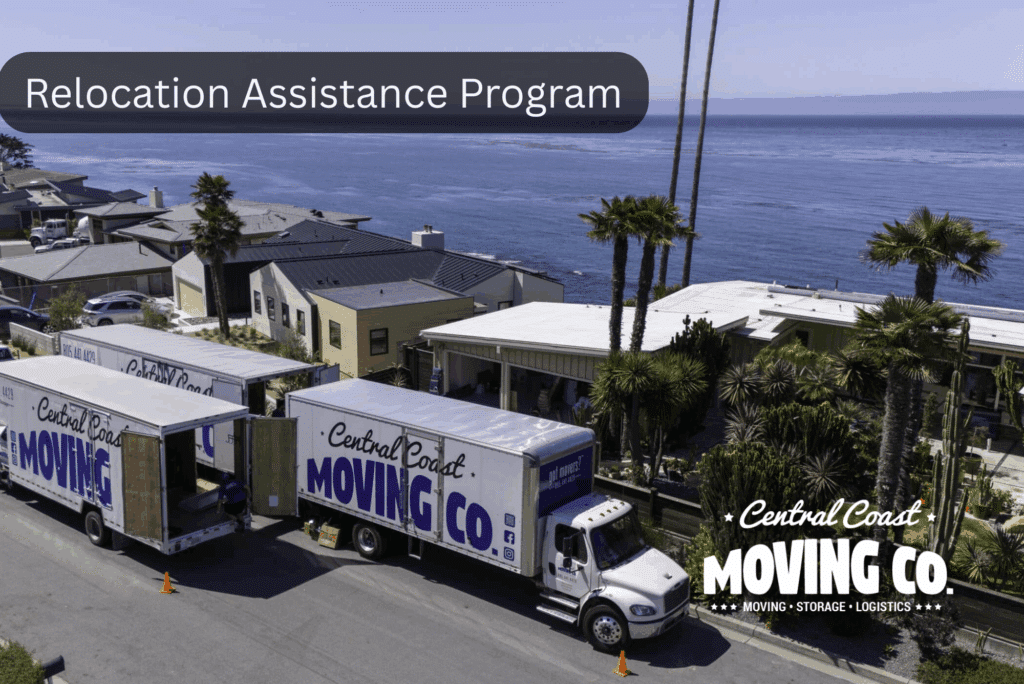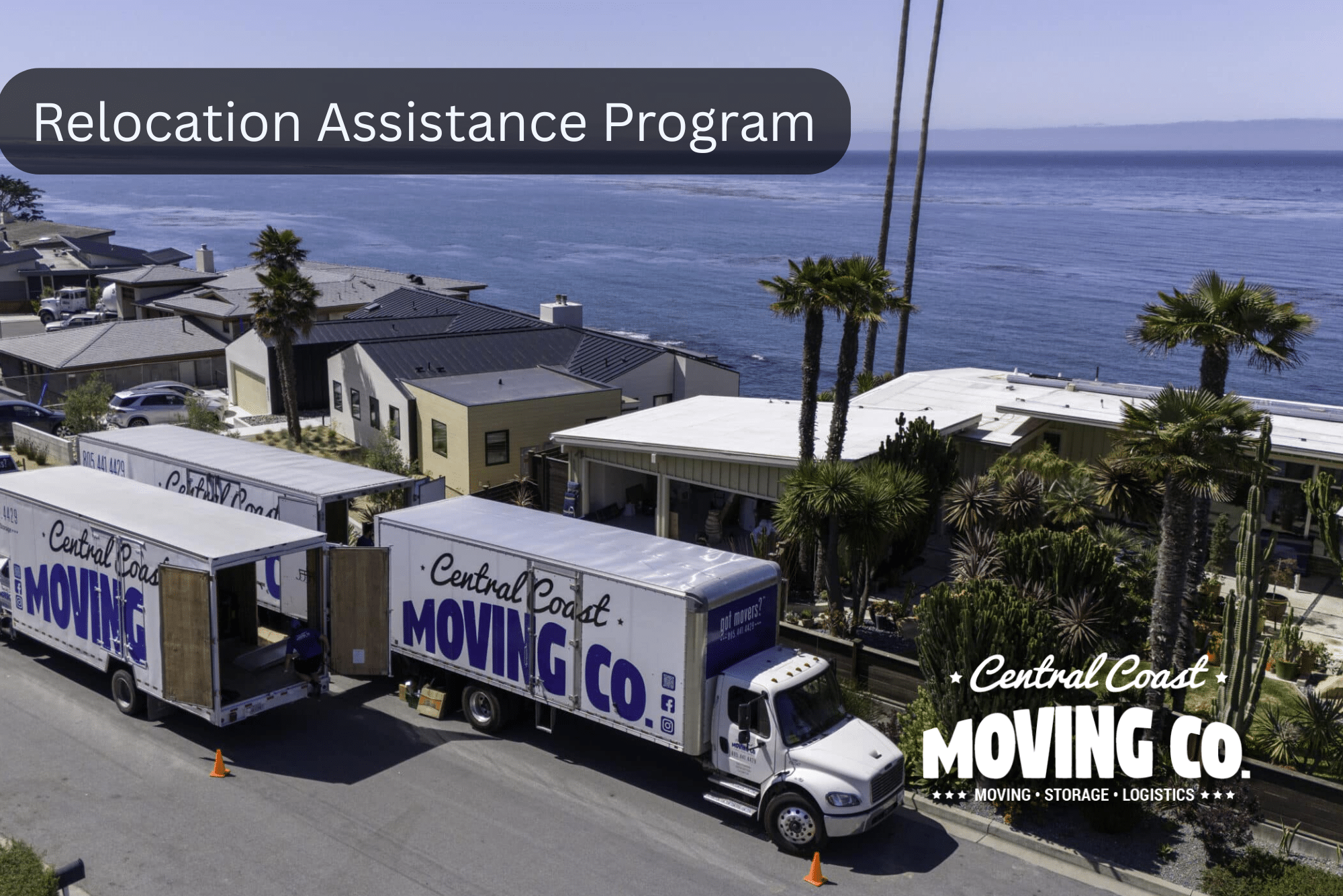Moving can unlock new jobs, safer neighborhoods, and better schools. It can also be an expensive process, with application fees, deposits, packing supplies, and transportation costs adding up quickly, especially if the move follows a crisis or a sudden change at work. That is where a relocation assistance program comes in.
Why relocation assistance matters
These programs provide financial support, direct moving help, and expert guidance so people can relocate with dignity and a clear plan. Many families in California and beyond are looking for the same answers. Fortunately, there are assistance resources, including government programs and nonprofit organizations, available to help offset the expensive process of moving.
Central Coast Moving serves people at these pivotal moments every week. We see it when a new hire needs to settle near campus housing or when a family compares moving services in San Luis Obispo to be closer to work. This guide explains how relocation assistance works, who qualifies, where to apply, and how to combine grants and services so your move is safe, affordable, and organized.
2) Understanding relocation assistance programs
A relocation assistance program is any public or private initiative that helps cover the costs and coordination of a move. Programs can be government funded, nonprofit, employer based, or community driven. They may offer direct payments, short term grants, or in kind help like packing, storage, or transportation. Some are designed for emergencies, such as those caused by natural disasters. Others exist to reduce barriers for seniors, veterans, or renters with limited incomes.
When public projects displace residents, federal law provides specific protections and payments. The Uniform Relocation Assistance and Real Property Acquisition Policies Act, known as the URA, sets national rules for benefits when people are displaced by federally funded projects.
These protections include advisory services and reimbursement of reasonable moving costs, including transportation costs, for eligible individuals and businesses. Many of these federal programs are administered by the U.S. Department of Housing and Urban Development (HUD), which aims to provide support for those facing homelessness or displacement.
Natural disasters
For disaster survivors, federal assistance may help with moving and storage when a home becomes uninhabitable or unsafe. The Individuals and Households Program, administered by the Federal Emergency Management Administration (FEMA), can provide money and limited direct services for eligible applicants after a presidential disaster declaration. Moving, storage, and transportation costs are among the covered needs in certain situations. These programs provide support for individuals and families facing relocation due to financial needs or emergencies.
Eligibility requirements, such as low income status and demonstrated financial needs, are key factors in qualifying for these programs. Applicants are often required to provide documentation to verify their circumstances. The application process can vary depending on the specific program or location, so it is important to review the steps and requirements for each type of assistance.
3) Who qualifies for moving assistance
Eligibility requirements depend on the program. In general, organizations look at a mix of household income, the urgency of the move, and documentation that shows your need. Eligibility requirements often include demonstrating financial needs and low income status. Examples include:
- Income based help. Many low income moving assistance programs are designed for households that meet local income limits. Verification usually includes pay stubs or benefits letters to provide documentation of your financial situation.
- Emergency circumstances. If a disaster, unsafe housing condition, or domestic violence makes your home unlivable, you may qualify for emergency moving assistance and short term aid. Staying in an emergency shelter may also qualify you for certain programs.
- Age or disability. Some programs prioritize free moving services for elderly residents or moving assistance for people with disabilities, often coordinated through local aging networks.
- Veteran status. Homelessness prevention and rapid rehousing programs for veterans may cover deposits, application fees, and moving costs, often through the Supportive Services for Veteran Families program. The Emergency Solutions Grant is another resource that provides emergency shelter, housing assistance, and support for those experiencing homelessness.
When a family in Paso Robles needs to move closer to medical care or a new job, they often qualify because the move solves a critical need for a house or stable housing. Each case is unique, so your best starting point is to gather and provide documentation early and contact the right agencies for your situation. The application process typically involves completing an application form and submitting the required documentation.
Types of relocation assistance programs
A) Government programs
- URA protections during public projects
If a government funded project acquires, rehabilitates, or demolishes property and displaces occupants, the Uniform Relocation Assistance and Real Property Acquisition Policies Act (URA) requires advisory services and compensation for reasonable moving expenses, including transportation costs and household goods. Local agencies must follow federal standards and timelines set by the U.S. Department of Housing and Urban Development (HUD), which oversees housing and urban development programs. The URA is not a general purpose grant for any move, but if your displacement is caused by a federally assisted project, the URA applies. These programs provide support and offer assistance to those affected, but you must meet specific eligibility requirements, complete the application process, and provide documentation to qualify for aid. - Disaster recovery help through FEMA
After natural disasters, the Individuals and Households Program, administered by the Federal Emergency Management Administration (FEMA), may help pay for temporary housing, repairs, transportation costs, and in some cases moving and storage of household goods. You must live in a county designated for Individual Assistance, meet eligibility requirements, and file an application as part of the application process. Be prepared to provide documentation such as receipts, photos, and any notices that show why you needed to relocate. These programs provide aid and offer assistance to individuals and families recovering from disasters. - Short term financial help via TANF and similar funds
States can use Temporary Assistance for Needy Families (TANF) for nonrecurrent short term needs that prevent a crisis from becoming homelessness, especially for those with low income status or specific financial needs. Depending on your state, this can include one time payments related to housing stability, with some programs focusing on rural areas. Ask your local human services office or local branch about nonrecurrent short term benefits, the application process, eligibility requirements, and what documentation they require to provide support. - Specialized state programs for safety
Survivors of domestic violence in California may qualify for relocation benefits through the California Victim Compensation Board. CalVCB can reimburse verified relocation costs, including transportation costs and household goods, up to a stated limit when moving is necessary for safety and directly related to the crime. Check the current cap and rules before you move and keep every receipt. The application process requires you to provide documentation to verify eligibility requirements and financial needs. - Veterans and their families
The U.S. Department of Veterans Affairs offers veterans specific assistance programs, such as Supportive Services for Veteran Families (SSVF). SSVF providers offer case management, rapid rehousing, and time limited financial support, which may include deposits, moving costs, and transportation costs as part of a permanent housing plan. California publishes a roster of SSVF providers each fiscal year. These programs provide support and offer assistance to veterans and their families.
Additional HUD Programs
The U.S. Department of Housing and Urban Development (HUD) also funds the Emergency Solutions Grant (ESG) program, which provides aid for emergency housing needs, including emergency shelter and rapid rehousing for homeless individuals and families.
HUD’s Good Neighbor Next Door initiative offers assistance and discounts to eligible public servants committed to revitalizing communities. Contact your local branch for information on the application process, eligibility requirements, and required documentation.
B) Nonprofit and community based programs
Assistance resources are widely available through nonprofit and community organizations, which offer assistance, provide aid, and provide support to individuals and families facing moving expenses.
Charitable networks can be powerful allies, especially when you need assistance with moving expenses fast.
- United Way 211
Call or search 211 to connect with community resources and local resources for rent, utilities, deposits, and emergency aid. Specialists triage your needs and refer you to agencies actively funding assistance in your county. This is often the quickest path to real time openings. - Salvation Army
Local Salvation Army centers administer emergency assistance for rent and utilities, and some may help with deposits, moving, or storage as funds allow. Programs vary by location, so contact your nearest local branch to learn how they provide aid and offer assistance. - Catholic Charities and St. Vincent de Paul
These networks provide housing support, case management, and one time financial assistance in many communities. Assistance often covers rent arrears or deposits, and in some locations can extend to help with moving costs when tied to housing stability. Availability changes with donations and grants, so contact your local chapters to ask about current eligibility and how they provide support. - Habitat for Humanity ReStore and partner programs
While not a direct moving grant, Habitat ReStores offer discounted furnishings and materials for setting up a new home, which can significantly reduce overall move costs.
C) Employer and job relocation programs
Some employers provide moving assistance programs as part of new hire or transfer packages. Typical benefits include packing, transportation, coverage for household goods, short term housing, and travel. Moving companies are often involved in coordinating the logistics of job-related moves, handling the transportation and packing of household goods.
Since 2018, most employer paid moving benefits are treated as taxable income to the employee, with an exception for active duty military moves. That federal suspension of the moving expense exclusion runs through 2025. Ask HR whether they provide a tax gross up to offset the added income.
D) Specialized support for seniors and people with disabilities
Finding the right point of contact can be half the battle. Two federally supported directories make the search easier and serve as valuable community resources and assistance resources for seniors and people with disabilities.
- Eldercare Locator
This national service connects older adults and families to local Area Agencies on Aging that coordinate services like case management, home safety, transportation, and, in some communities, limited help with moving tasks. Eldercare Locator is a key community resource and assistance resource for finding support. - Aging and Disability Resource Centers
ADRCs help older adults and people with disabilities navigate long term services and supports, and they can point you to local programs for moving assistance for disabled residents. These centers are important community resources and assistance resources for accessing moving support and related services.
Affordable housing options for movers
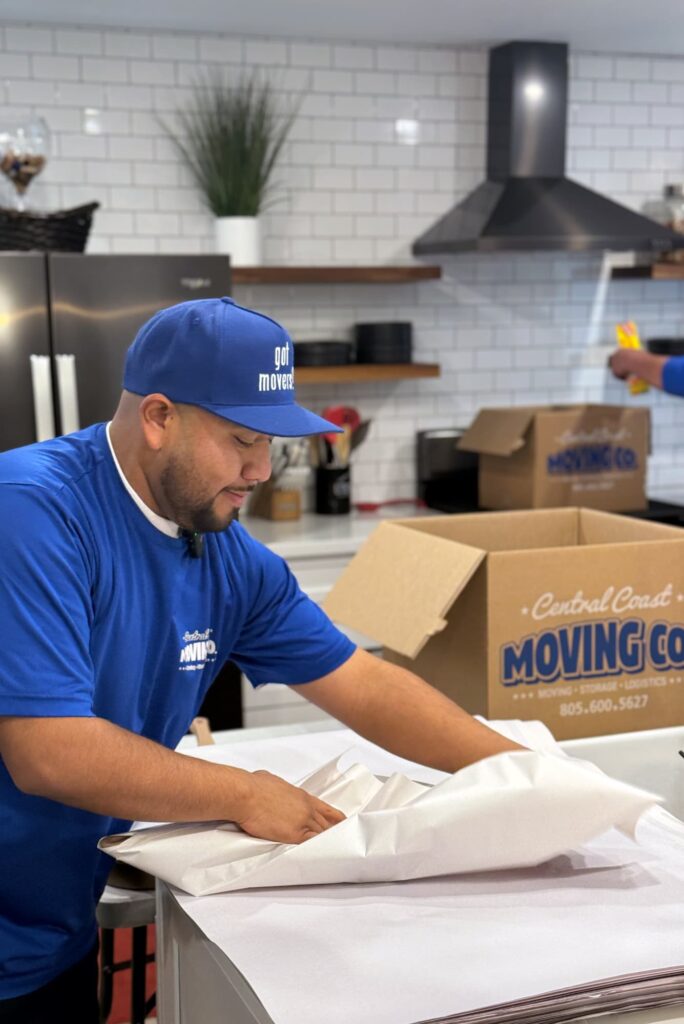
Affordable housing is often the cornerstone of a successful relocation, especially for low income families facing the high costs of moving. Relocation assistance programs are designed to bridge the gap between what families can afford and the realities of today’s housing market. These assistance programs can connect you with affordable housing options such as subsidized apartments, public housing, and rental assistance that make it possible to secure stable housing in your new community.
Nonprofit organizations like Catholic Charities USA and the Salvation Army play a vital role in providing affordable housing programs and assistance grants. These organizations offer support with moving expenses, security deposits, and even down payment assistance for families looking to purchase a home. Their programs are tailored to reduce the financial burden of relocation and help families achieve long-term housing stability.
Government moving assistance programs, including the Federal Relocation Assistance Program and urban development initiatives, also offer a range of affordable housing solutions. Emergency solutions grants can provide immediate rental assistance or help cover the costs of temporary lodging while you search for permanent housing. These resources are especially valuable for families at risk of homelessness or those recovering from a crisis.
By tapping into these moving assistance programs, families can access affordable housing options that fit their needs and budget. Whether you are seeking rental assistance, help with a down payment, or support from a nonprofit organization, there are programs available to make your move more manageable and your new home more affordable.
How to apply for relocation assistance
The application process for relocation assistance can vary depending on the specific program or location. Use this roadmap to move from research to approval with fewer surprises.
Step 1: Identify the right funding path
Pick one primary route based on your situation. Disaster survivors should apply through FEMA. Displaced tenants in federally assisted projects should talk with the relocation advisor assigned under URA. Low income renters or seniors should start with 211 and their local aging network. Veterans should contact an SSVF provider. Some programs may require you to visit a local branch to begin your application.
Step 2: Gather documents before you call
Collect photo ID, proof of income, current lease, notice to vacate or inspection report, disaster or police reports if relevant, and an estimate from a licensed mover. You will need to provide documentation to verify eligibility requirements for the program. For programs with caps or tight timelines, this preparation speeds approval.
Step 3: Submit the application
Follow the exact instructions for each program and keep copies of everything. You will typically need to complete an application form as part of the application process. If the process includes an interview or home visit, be ready to show hazards, damage, or safety concerns.
Step 4: Confirm scope and payment method
Ask what is covered. Clarify whether funds pay the vendor directly or reimburse you. Confirm caps, deadlines, and whether storage, deposits, or mileage are included.
Step 5: Coordinate logistics with your mover
Once funding is approved, align your mover’s schedule with the program timeline so nothing lapses. Provide your case manager with the mover’s estimate and final invoice promptly.
Completing these steps enables organizations to provide aid to those in need.
Emergency moving assistance: when time is critical
When a home becomes unsafe, there is a court order to vacate, or you are residing in an emergency shelter, relocation cannot wait. In declared disasters, such as natural disasters, FEMA may assist with temporary housing and, in specific cases, moving and storage assistance for eligible households.
Outside of disasters, call 211 for triage and referrals to local agencies that can provide support and one time aid for deposits, transportation, or short term storage. If you are in a coastal neighborhood such as Pismo Beach and a sudden closure or safety issue pushes you to relocate, a 211 specialist can help you stitch together multiple resources on the same day. The Emergency Solutions Grant (ESG) program is another resource that can provide support for those experiencing homelessness, including emergency shelter and housing assistance.
If safety is the reason for your move, a victim services advocate can help you apply for state assistance that covers relocation expenses and security upgrades. In California, CalVCB offers relocation benefits for eligible survivors when moving is necessary for safety and directly linked to the crime.
Financial help and moving grants
Assistance resources are available for those seeking grants to help with moving expenses. These programs provide aid to eligible applicants, often through government or nonprofit organizations. When exploring moving grants, be aware that most have specific eligibility requirements you must meet, such as income limits or residency status.
The application process for these grants can vary depending on the program or location, and may involve submitting documentation and following step-by-step procedures.
You will see many claims online about “free money to move” and “moving grants.” There are legitimate grants, but most are limited, competitive, or restricted to specific groups such as veterans or disaster survivors. In many communities, the most reliable path is a patchwork of small funds: rent deposits from one agency, storage or truck help from another, and volunteer support for packing.
If you encounter a program that promises a large cash award in exchange for a fee, be cautious. Charity and disaster scams are common, especially after major weather events. Verify organizations through official directories, never pay an application fee, and report suspicious solicitations to authorities.
Home-selling assistance programs
Selling a home while planning a move can be an expensive and overwhelming process, but home-selling assistance programs are designed to ease that transition for families in need. These programs offer financial assistance to help cover the costs associated with selling your current home, such as closing costs, brokerage commissions, and other related expenses. This support can be especially valuable for low income families who might otherwise struggle to afford the move.
Nonprofit organizations, like the Housing Industry Foundation, provide home-selling assistance programs and emergency housing funds to help families bridge the gap between selling their old home and securing new housing. These organizations understand the unique challenges faced by low income individuals and offer tailored assistance to reduce the financial burden of relocation.
Government agencies, including the Department of Veterans Affairs, also offer specialized home-selling assistance programs for service members and veterans. These programs may include relocation reimbursement, temporary housing assistance, and other forms of housing support to ensure a smooth transition to a new location.
By leveraging these assistance programs, families can access the financial support they need to cover moving expenses and housing costs during the home-selling process. Whether you are a veteran, a service member, or a low income family, there are resources available to help you navigate the complexities of selling your home and relocating with confidence.
Choosing the right moving partner
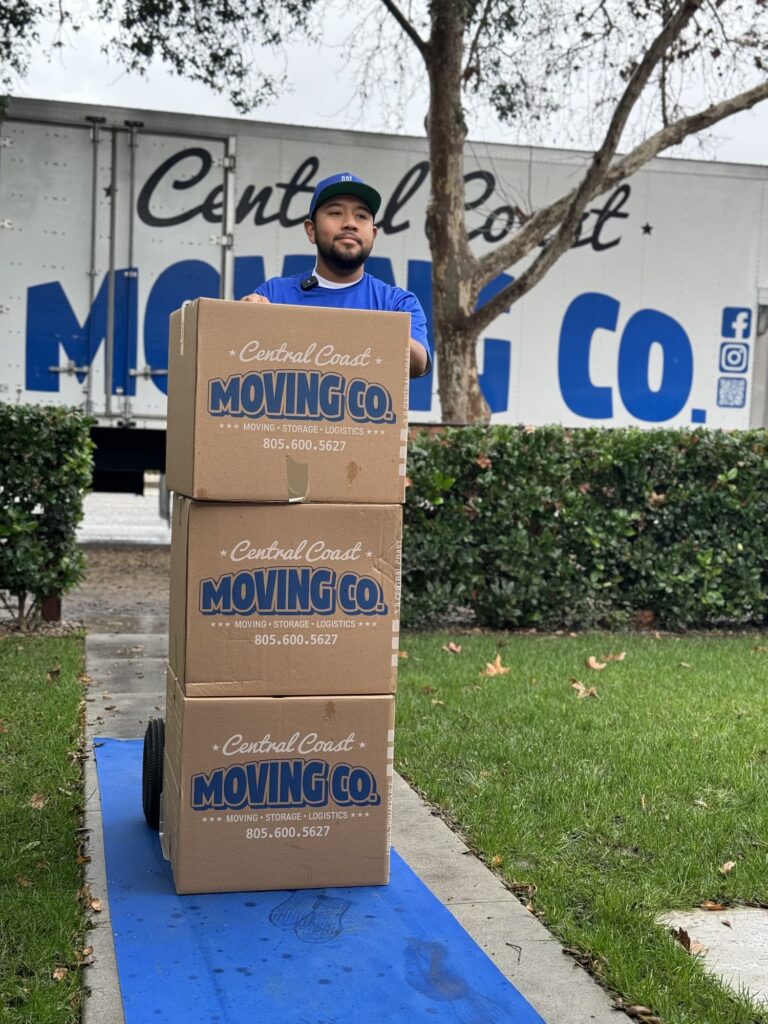
Financial aid stretches further when paired with a moving company that plans carefully and communicates with your case manager. Moving companies play a crucial role in managing the logistics of relocation, including the packing, transportation, and handling of your household goods. Ask for an itemized estimate that matches your funding guidelines and specifies services for your household goods.
Request confirmation that the company is licensed and insured. A thoughtful crew reduces breakage, time, and stress. If a program pays directly to vendors, be sure your mover provides invoices in the format your agency expects.
Final tips for a smooth, supported move
Final Thoughts
- Start early. The earlier you contact agencies, the more options you will have for moving assistance program approvals.
- Be precise. Use the program’s language in your application. If you need assistance with moving and storage due to a safety hazard, say so clearly.
- Keep receipts. Save estimates, invoices, and photos. They prove eligibility for reimbursement.
- Check taxes. If your employer reimburses moving costs, ask HR whether reimbursements are taxable. For most civilians, the federal exclusion is suspended through 2025. Active duty military continue to have special rules.
- Protect yourself. Verify charities and contractors and report fraud when something feels off.
Quick resource directory
- Disaster survivors: FEMA Individuals and Households Program application and guidance.
- Displacement due to federally assisted projects: HUD URA relocation overview and rules.
- One time short term needs: TANF nonrecurrent short term benefits via your state human services office.
- Veterans: Supportive Services for Veteran Families provider network.
- Older adults and caregivers: Eldercare Locator to reach your Area Agency on Aging.
- People with disabilities and older adults: Aging and Disability Resource Centers.
- Find local aid quickly: Call or search 211 for agencies that help with moving costs near you. You can also explore assistance resources and community resources through websites like 211.org and Benefits.gov for directories of government programs and local support.
- Catholic Charities: Contact your local chapters of Catholic Charities USA to apply for aid programs and moving assistance.
- California survivors of crime: CalVCB relocation benefits.
How Central Coast Moving supports funded moves
Moving companies like Central Coast Moving provide support throughout the relocation process. As a moving company, we help manage the logistics, transportation, and packing, making stressful situations such as emergency relocations easier for clients and agencies.
- Clear estimates that fit program rules. We provide written, itemized estimates that align with common agency requirements.
- Sensitive handling. Whether it is free moving assistance for seniors through a partner agency or a time sensitive emergency relocation, our crews focus on safety, care, and respect.
- Local knowledge. We understand regional traffic patterns and building rules, which reduces delays and extra fees.
Give us a call today and see how we can help with the moving process
